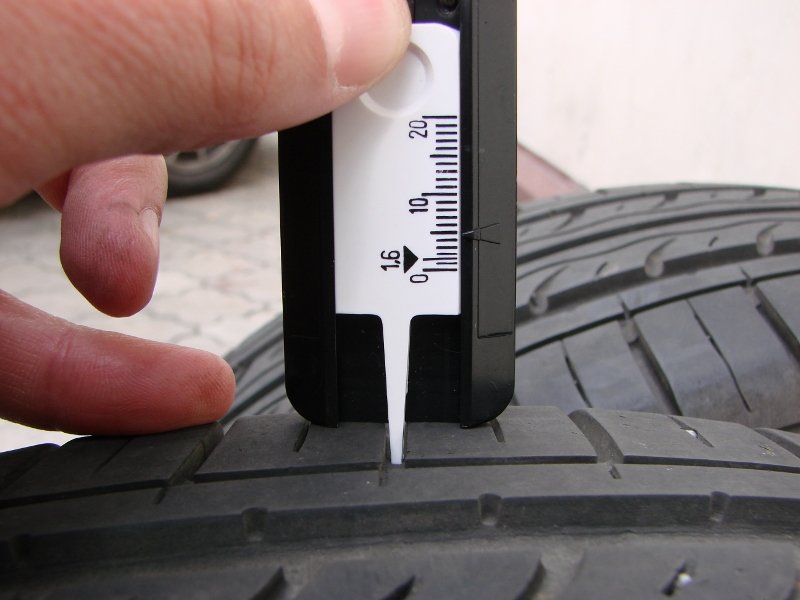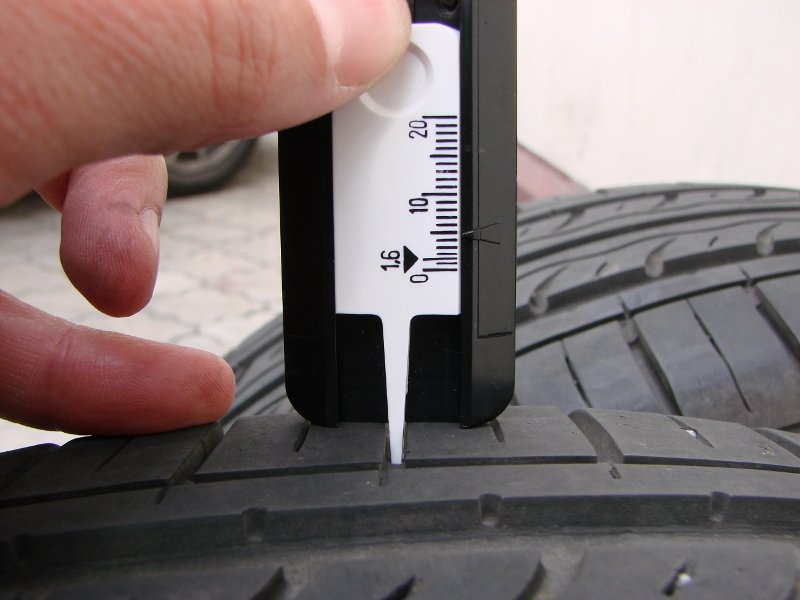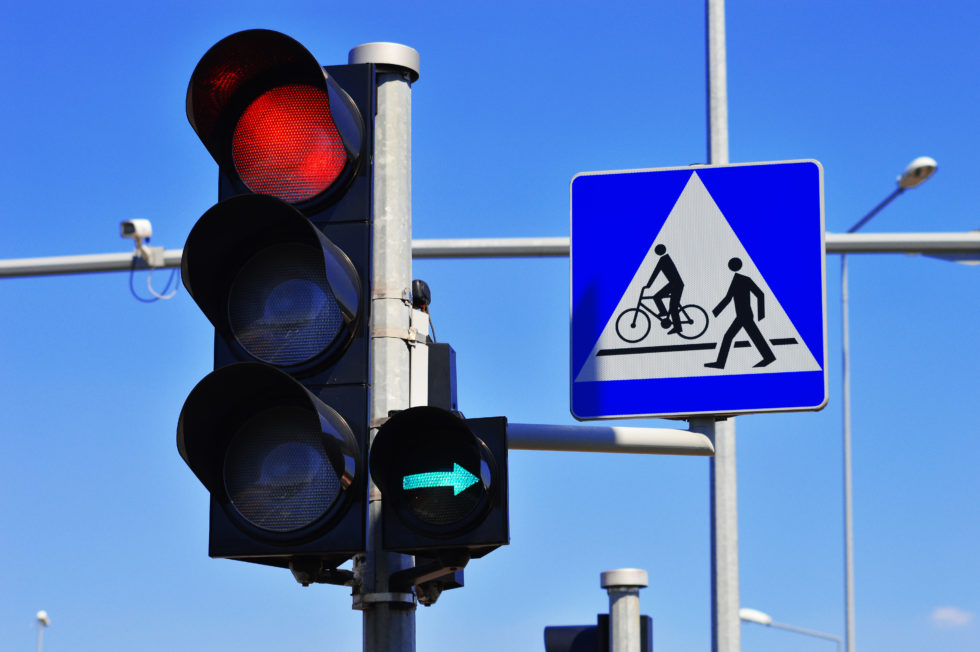
What is the danger of driving on worn tires
Content
The safety of driving a car largely depends on the condition of the tires. They are responsible for the adhesion of the vehicle to the road surface.

The car may become out of control
The law provides for the minimum allowable tread depth parameters: 1,6 mm for summer and 4 mm for winter. But even with such a depth of drawing, no one can guarantee traffic safety, especially when the road is wet.
You can refer to your own professionalism, for a long time driving on “bald” tires without consequences, but the risk of getting into an accident on worn tires is many times greater.
Installed in time, with acceptable tire parameters, they will save both experienced motorists and beginners from the consequences.
But the presumptuous can expect trouble in the form of:
- unpredictable skid of the car;
- car overturning;
- hydroplaning (due to the inability of the tread to push out water);
- increase in stopping distance, etc.
Why an incompletely worn tire is more dangerous than a bald one
Many people think that such rubber can be safely operated and forget about caution. Of course, on a dry road, such tires behave like new ones. The car is easy to drive, the braking distance is slightly longer than with new tires, which in some cases is not critical. But on wet pavement, half-worn tires can lead to surprises.
Wet pavement does not provide tight contact between the tire and the asphalt. The tread depth is not able to completely push out the water. When driving, the car loses stability and is subject to skidding, turning, uneven movement, and even to overturning.
The danger of half-worn tires lies in their uneven wear. Uneven sidewall wear, cracks, protrusions in the form of so-called "hernias" are fraught with the danger of tire rupture. At the same time, at high speeds, it will be difficult for the vehicle to avoid an emergency.
In case of emergency braking, half-bald tires easily turn into bald ones, which can come as a surprise to the car owner when meeting with traffic police officers. The penalty is guaranteed here.
It happens that on half-bald tires of cars they cut or deepen the pattern, which is strictly prohibited! The tire becomes thinner, if it hits a small bump or pit, it can burst.
It must be remembered that with each season, rubber slows down and keeps grip worse.
How long can tires last
Tire life is measured not in years, but in the degree of wear. Careful drivers can operate tires from 6 to 10 years.
For lovers of high speeds, tires become unusable much earlier.
Premature tire wear is affected by:
- driving "with the breeze";
- unsatisfactory condition of roads;
- wheel imbalance;
- incorrect installation of tires;
- violation of the level of air pressure in tires;
- untimely maintenance;
- non-compliance with the storage conditions of tires;
- low quality of purchased tires.
Extending the life of tires is possible if you avoid factors that affect their rapid wear. Careful driving, timely maintenance, proper storage of tires can significantly increase their service life.
